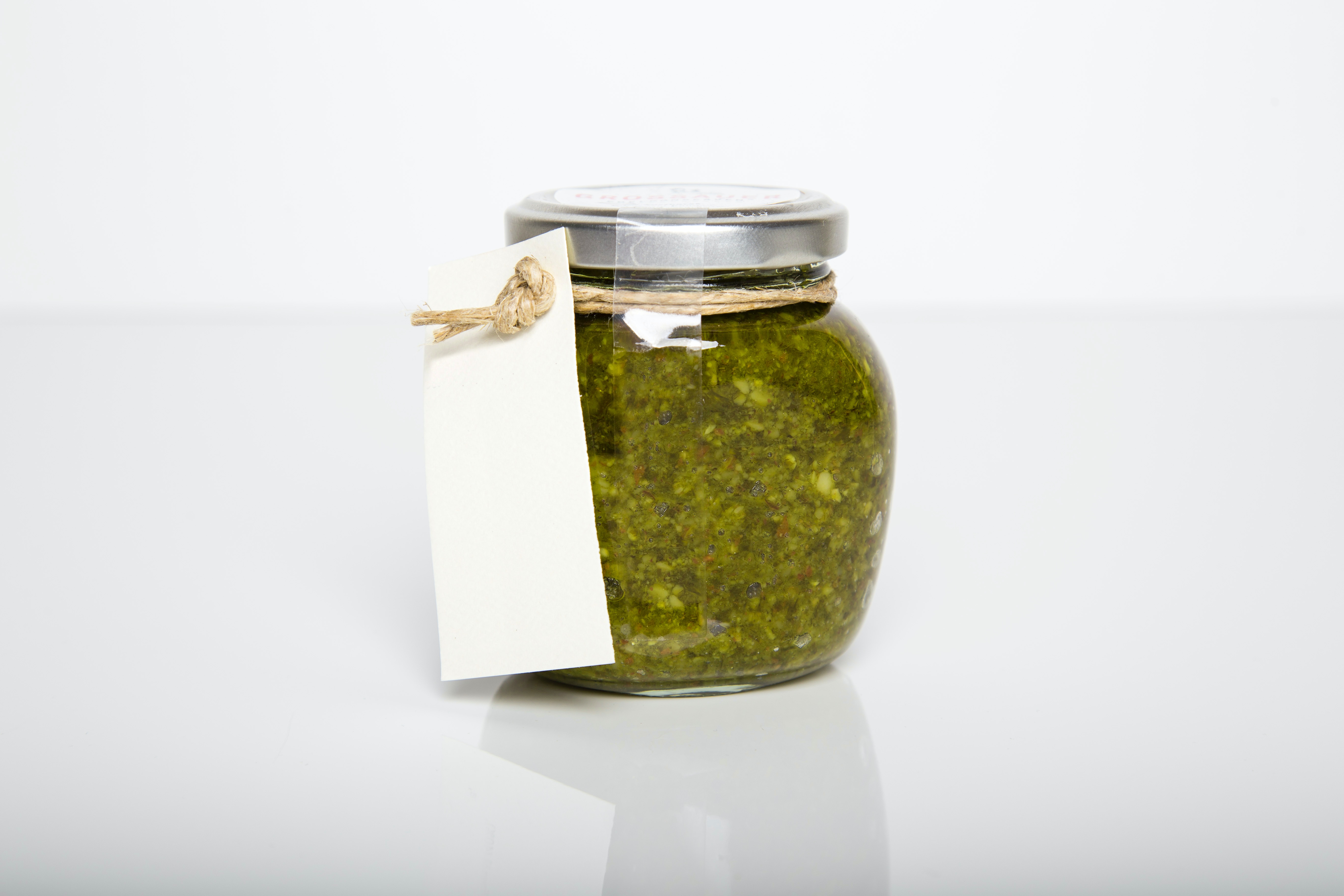Get label savvy!

In a time when everybody’s concerned with brands and tags, get informed about the only labels that really matter for your health: the ones attached to the food products!
Here are some tips to decipher them, helping you to make a more informed decision about what to choose for a meal or a snack:
CHECK THE SERVING SIZE
You may want to eat that whole jar of fruity yogurt, but that container may carry more than one serving size. Since the list of nutrients on the label are usually valid for a single serving size, you could pack on a lot more fats and sugar than recommended. Paying attention and doing the Math right will help you eat healthy.
WEIGH FATS CORRECTLY
Besides the fact that fats carry a lot of calories (but you’re going through a full growth process right know and need a lot of energy), most of the food products these days are packed with saturated fats, with an unwanted impact on your health. What to know in terms of fats (lipids) per 100 g of product:
- Low fat: 3 g or less
- High fat: 17.5 g or more
- Low saturated fat means: 1.5 g or less
- High saturated fat means: 5 g or more
SPOT THE SUGAR
Sugars in food products come under various names, but they are equally to be considered when caring about a balanced diet. So, besides the `sugar` itself, sweet ingredients are called either honey, syrup, fruit juice concentrate, nectar, molasses, or anything ending in `ose` - glucose, fructose, maltose, dextrose. How things look for 100 g of product:
- Low sugar: 5 g or less
- High sugar: 22.5 g or more
There is a whole lot of information on each label, but there’s no need to become a scientist to eat healthily. Just follow a SIMPLE RULE when picking a food product among the many on the shelf: choose the one with the shortest list of ingredients. Specialists say it would be great to have a maximum of five!